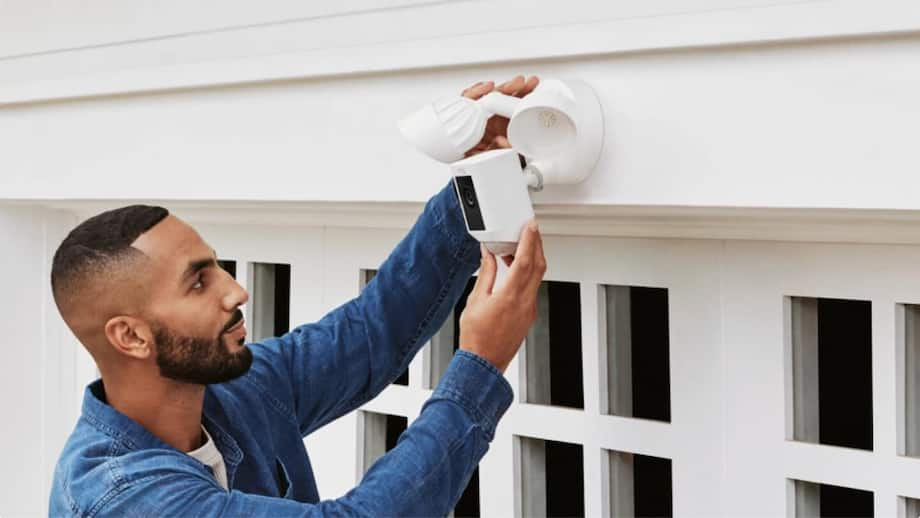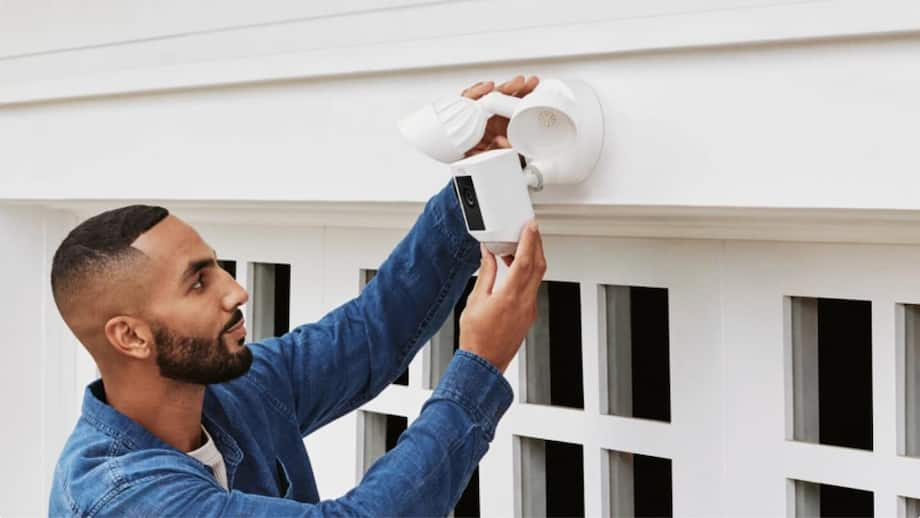Credit: Kekeli K. Blamey
In an era where safety concerns continue to evolve, protecting one’s home has become more than a matter of locking doors at night. Homeowners are increasingly exploring proactive measures to safeguard their living spaces — not just from intruders, but also from theft, vandalism, and unforeseen emergencies.
As security technologies advance and awareness grows, experts are encouraging a more comprehensive, layered approach to domestic safety.
A key starting point for bolstering home security is fortifying all physical entry points. Doors and windows should be reinforced with high-quality locks and durable materials. Security professionals recommend using deadbolt locks, strike plates, and shatter-resistant window films to make unauthorized entry significantly more difficult. Equally essential is routine maintenance — ensuring that hinges, frames, and locks are in working condition.
Lighting also plays a crucial role. Strategic outdoor illumination, particularly motion-sensor lights near entrances, garages, and blind spots, can deter potential intruders. A well-lit home exterior sends a clear message: this space is watched and well-protected. Inside, homeowners can adopt smart lighting systems that simulate occupancy, making it appear as though someone is always home, even when they are away.
Another major advancement in home security lies in surveillance. The affordability and accessibility of CCTV cameras and smart doorbells have revolutionized how residents monitor their premises. These devices provide real-time footage, remote access, and sometimes even two-way communication. The presence of visible cameras alone can discourage criminal activity, while recorded footage can be crucial for investigations if needed.
Beyond technology, neighborhood collaboration is increasingly recognized as an effective security strategy. Establishing or joining a neighborhood watch group fosters collective responsibility and rapid information-sharing. Community cooperation has proven to be one of the most efficient, low-cost ways of reducing local crime rates, especially in residential areas.
Digital integration is also reshaping home protection. Smart security systems connected to mobile devices offer 24/7 alerts for any suspicious activity. These systems often include features such as motion detection, alarm integration, and emergency response notifications. Some setups even allow homeowners to lock or unlock doors, control cameras, and receive updates all from a single app.
One often overlooked aspect of home security is managing visibility into one’s personal space. This includes limiting what strangers can see through windows or on social media. Homeowners are advised to avoid advertising travel plans or valuable possessions online, as such information can unintentionally attract attention from would-be intruders.
Lastly, engaging a professional security consultant for a home audit can uncover vulnerabilities that residents may not consider. These assessments provide tailored solutions, taking into account location-specific risks and household habits.
As the lines between physical and digital safety continue to blur, home security is no longer a luxury — it’s a necessity. Whether through modern technology or traditional vigilance, adopting a layered and intentional approach to home protection can help families live not only more securely, but more confidently.






